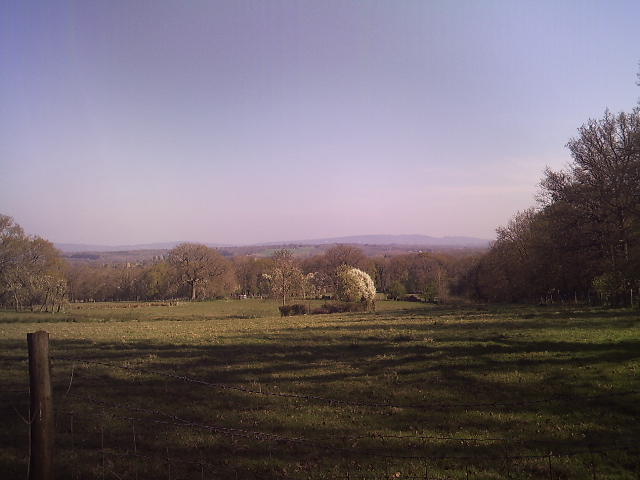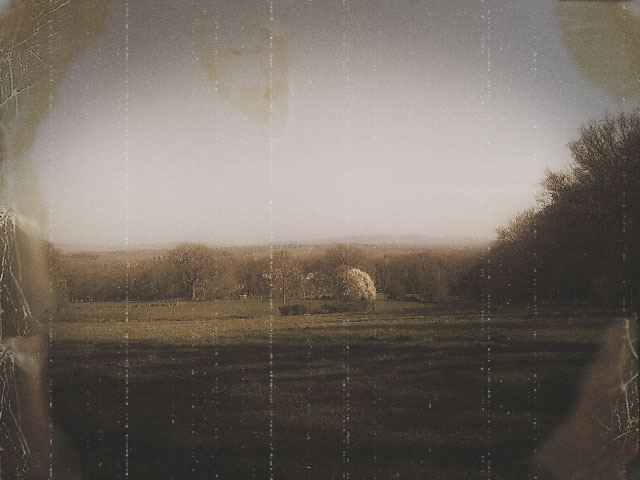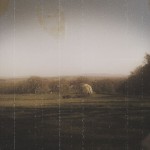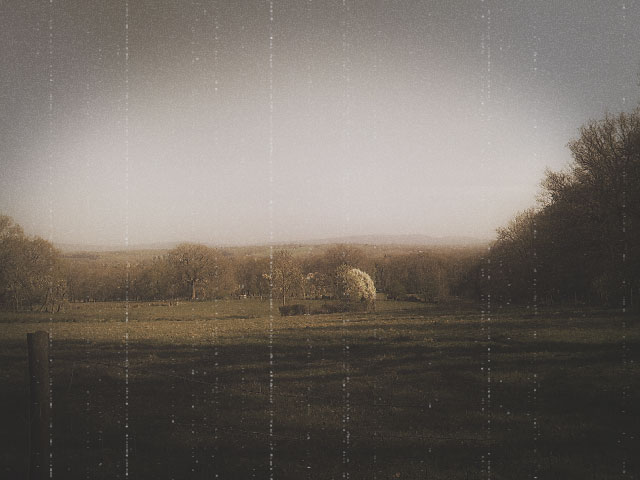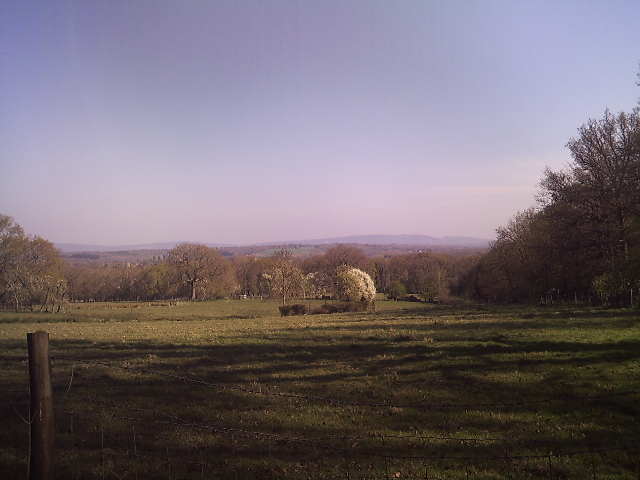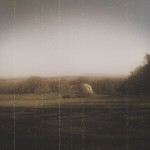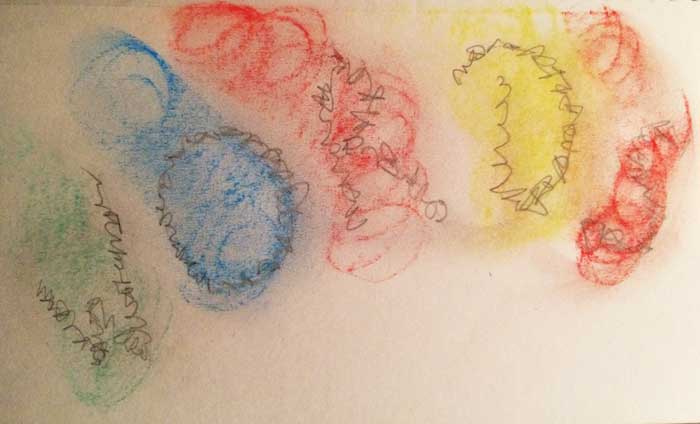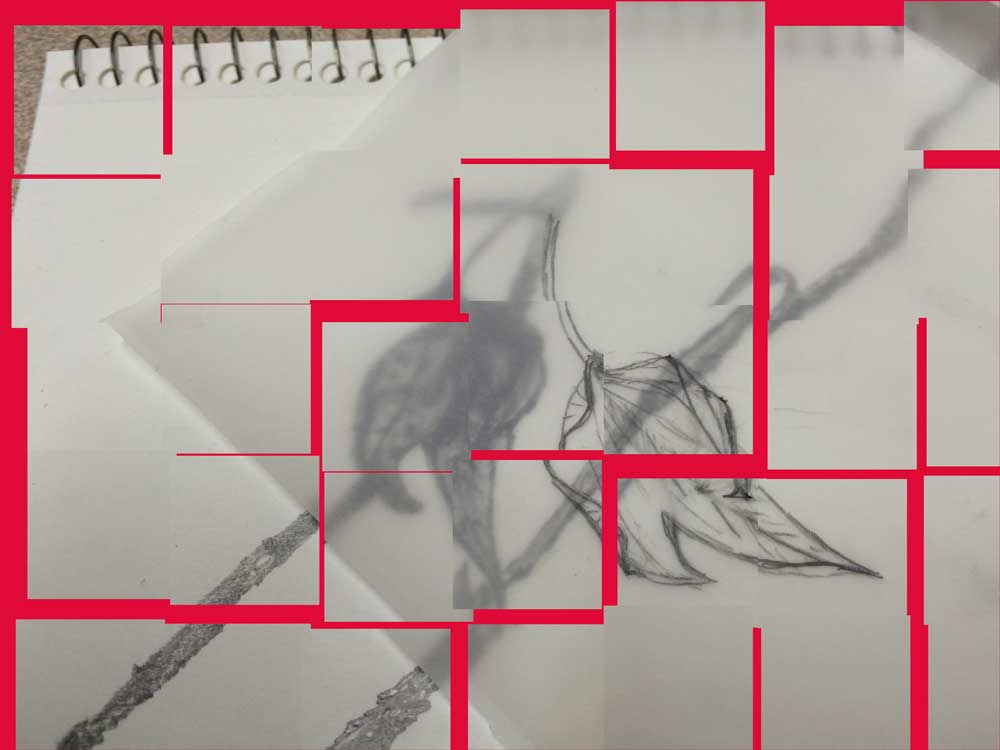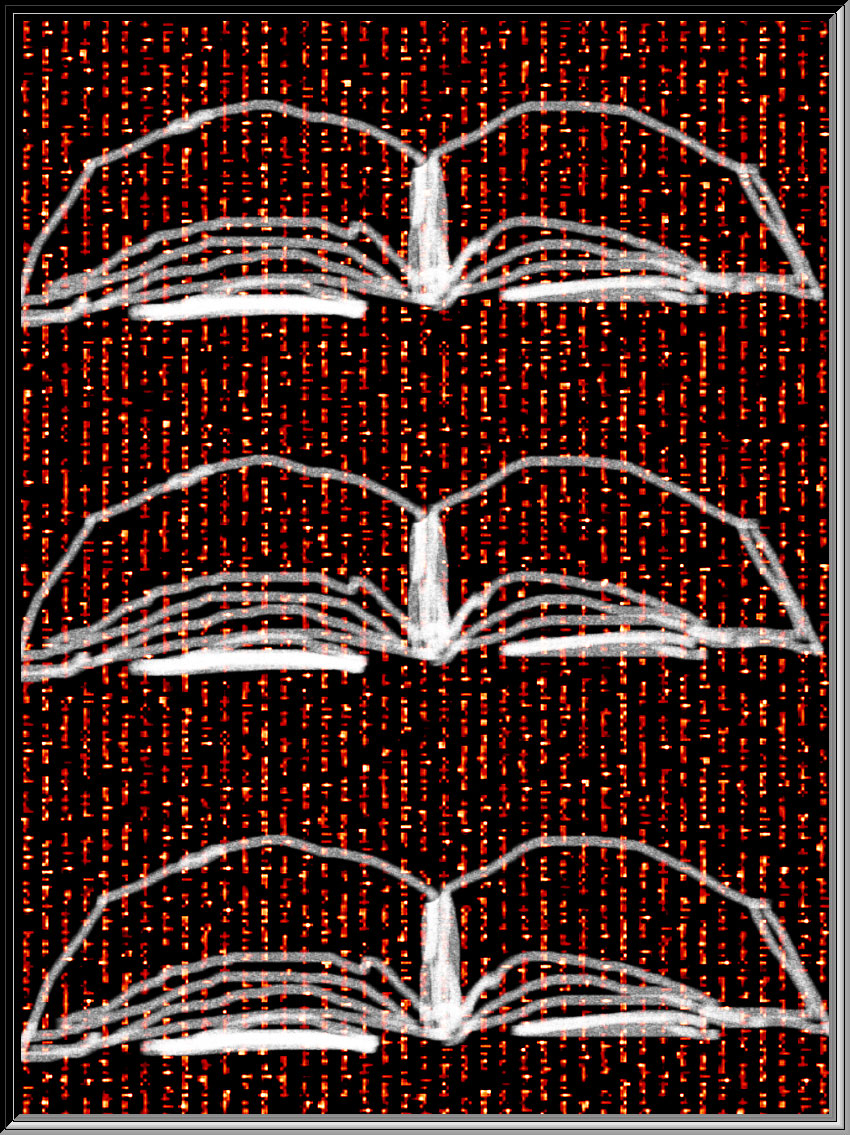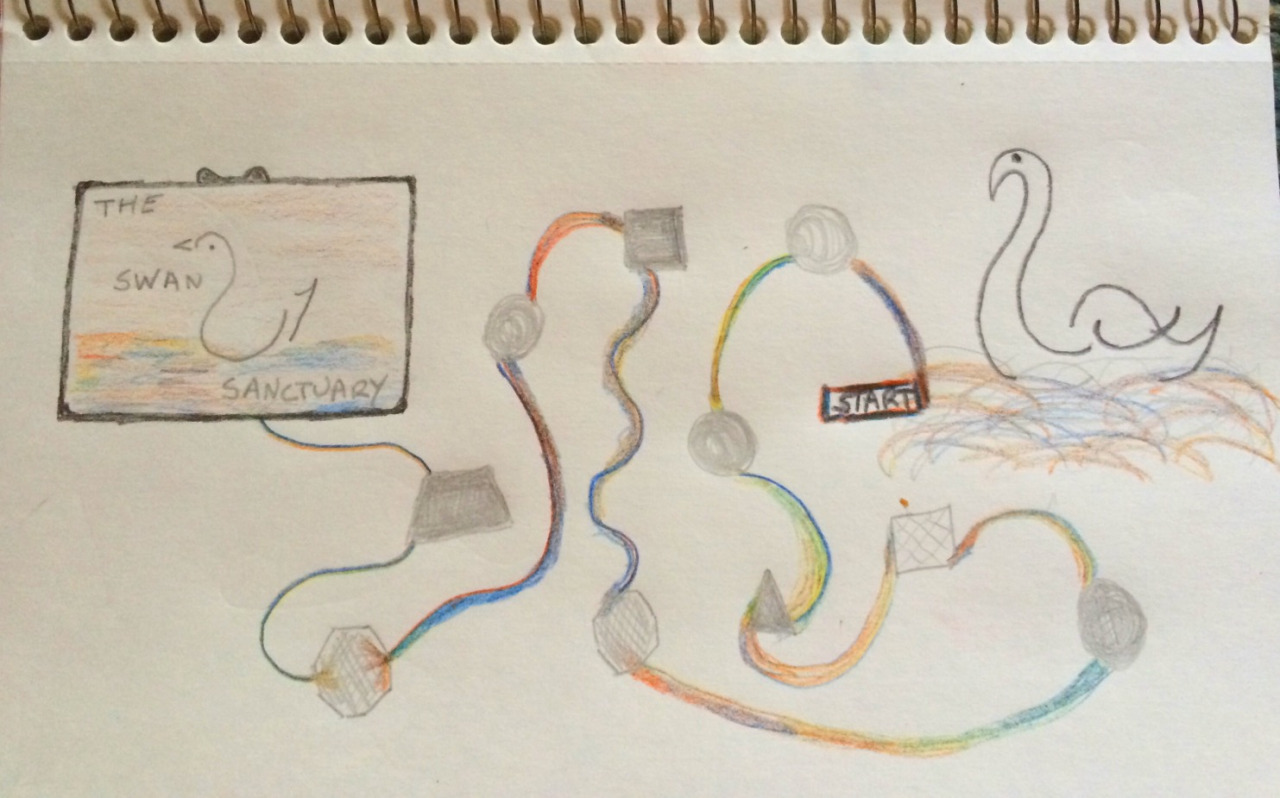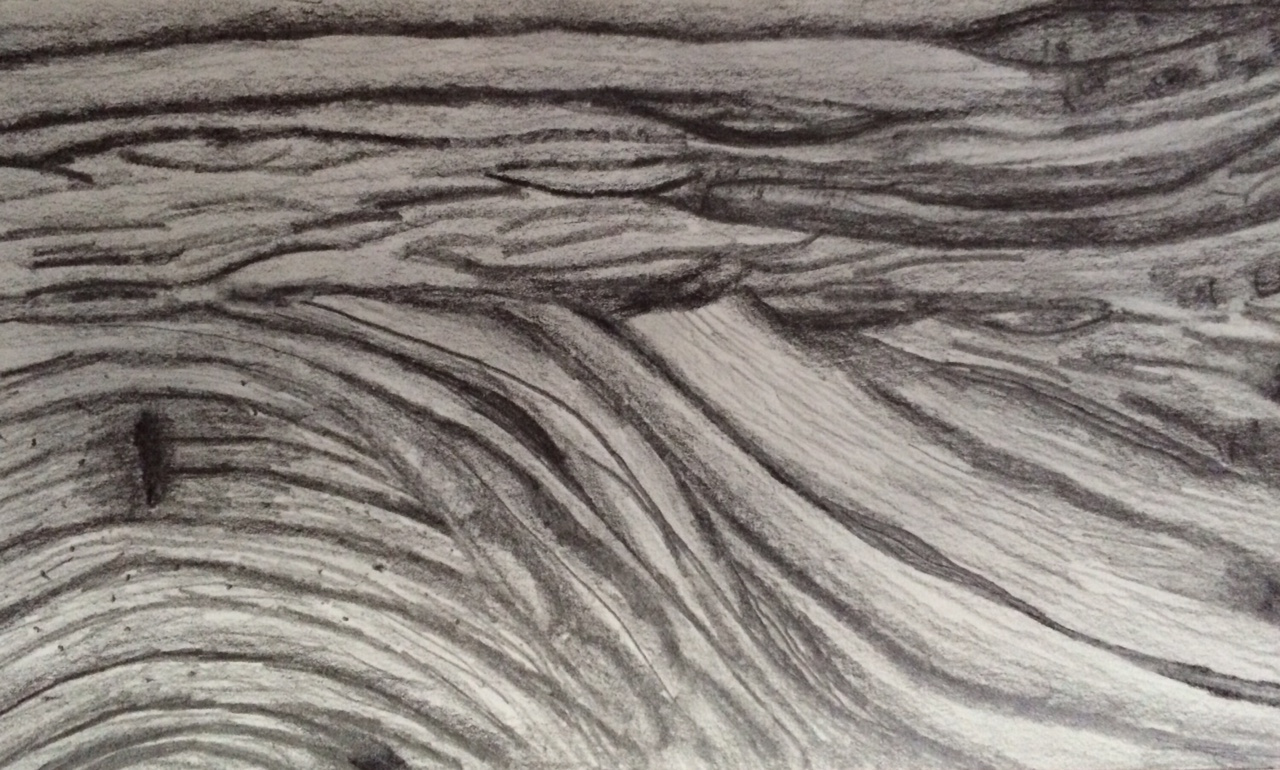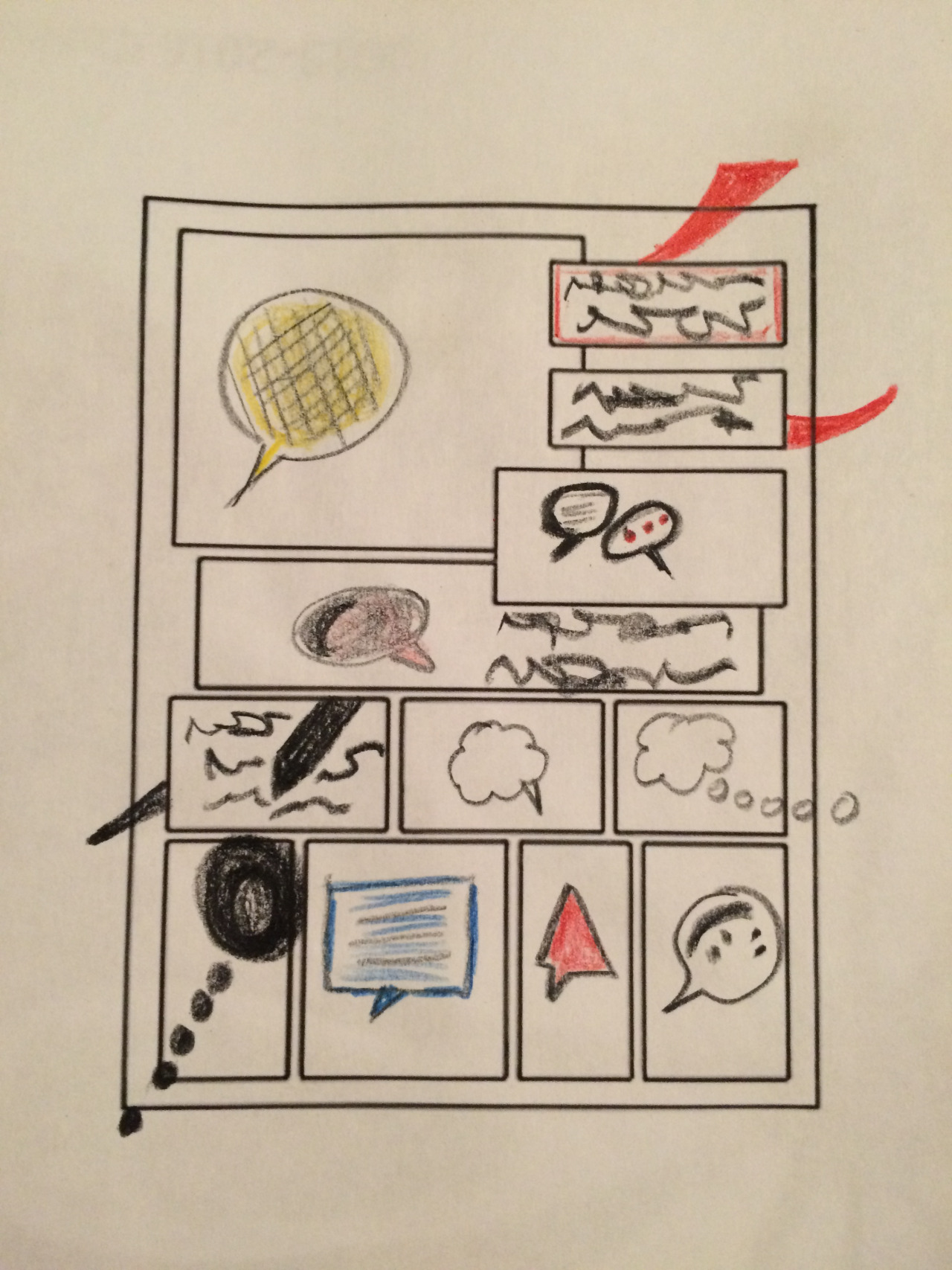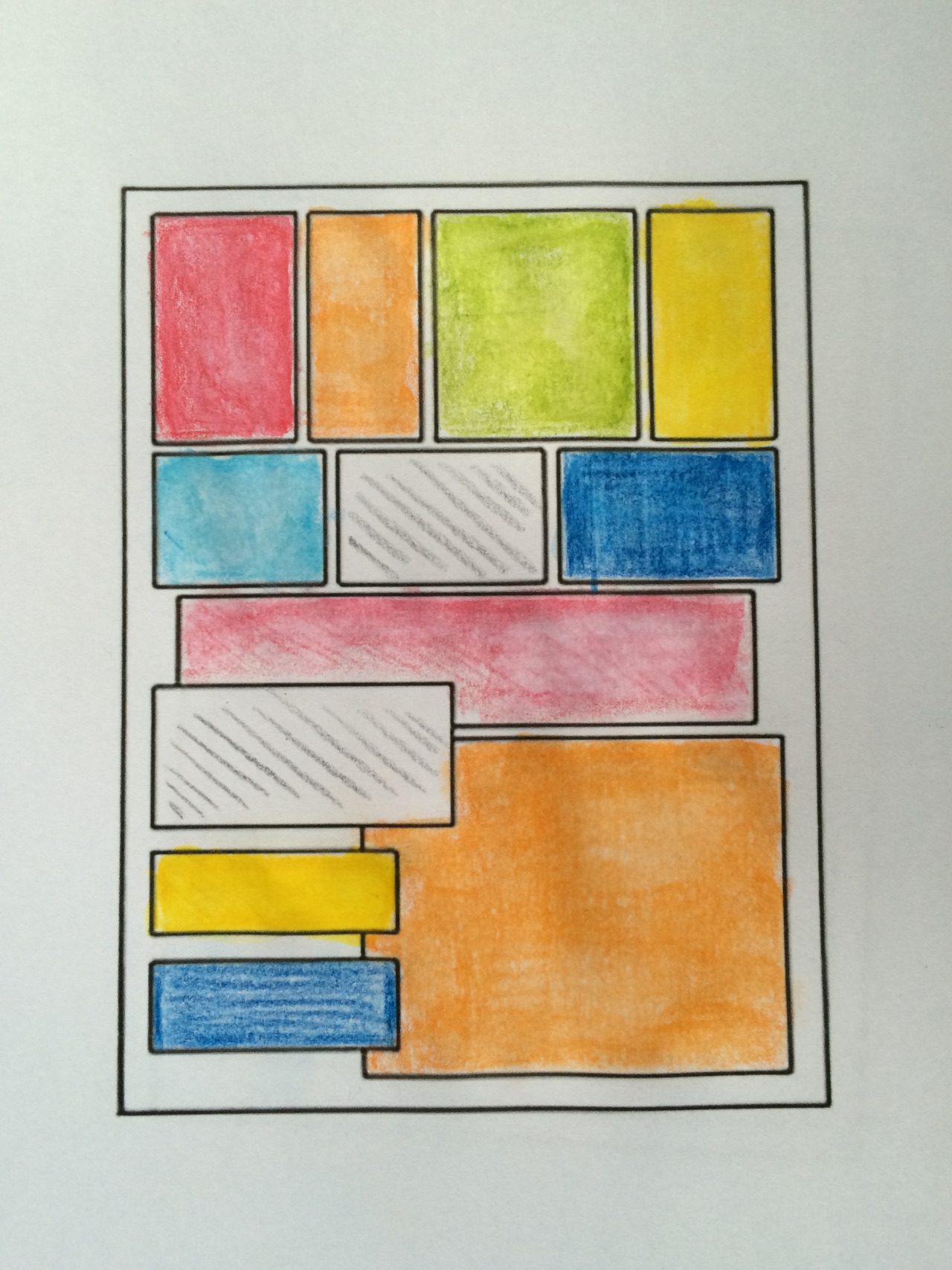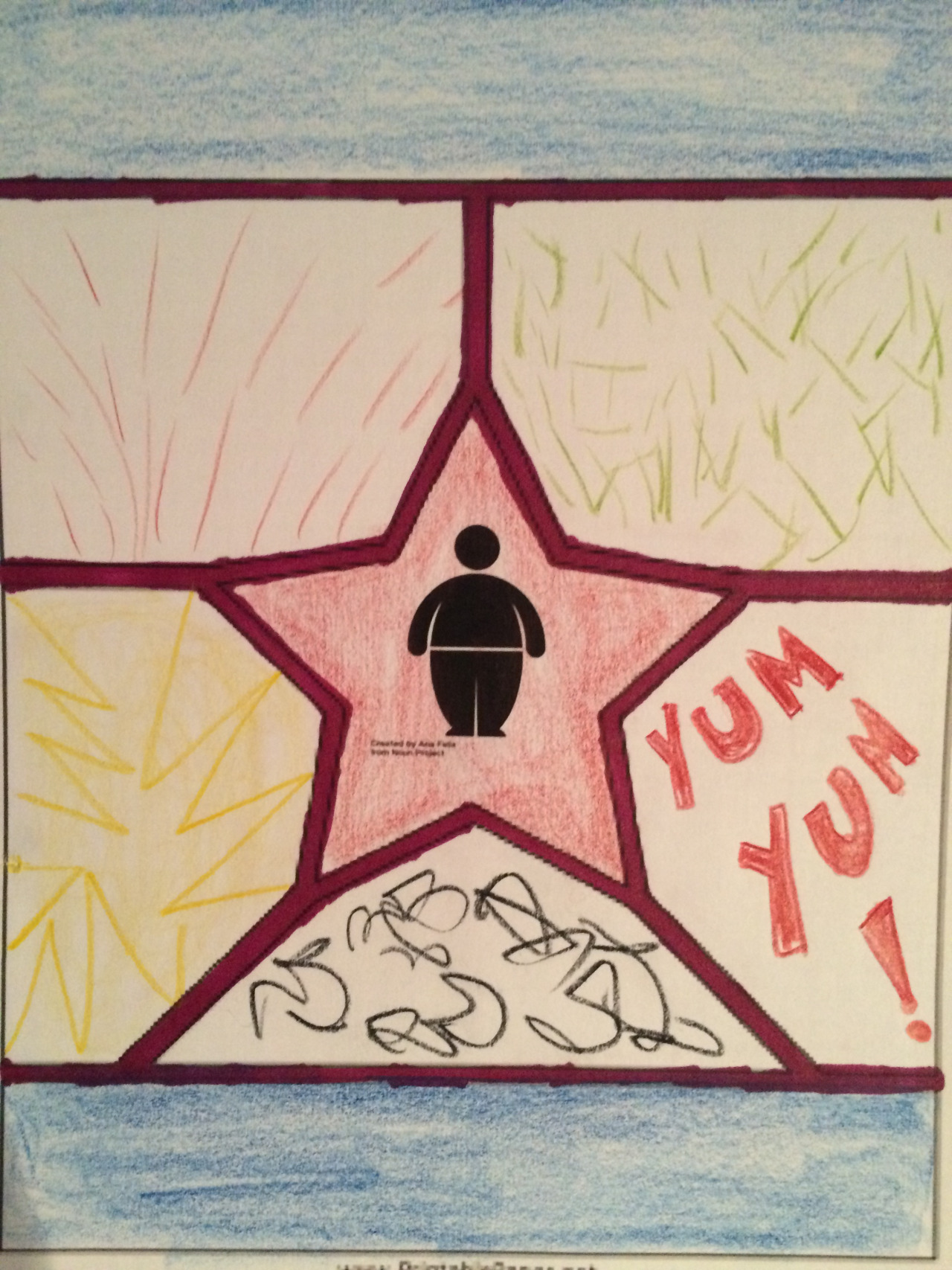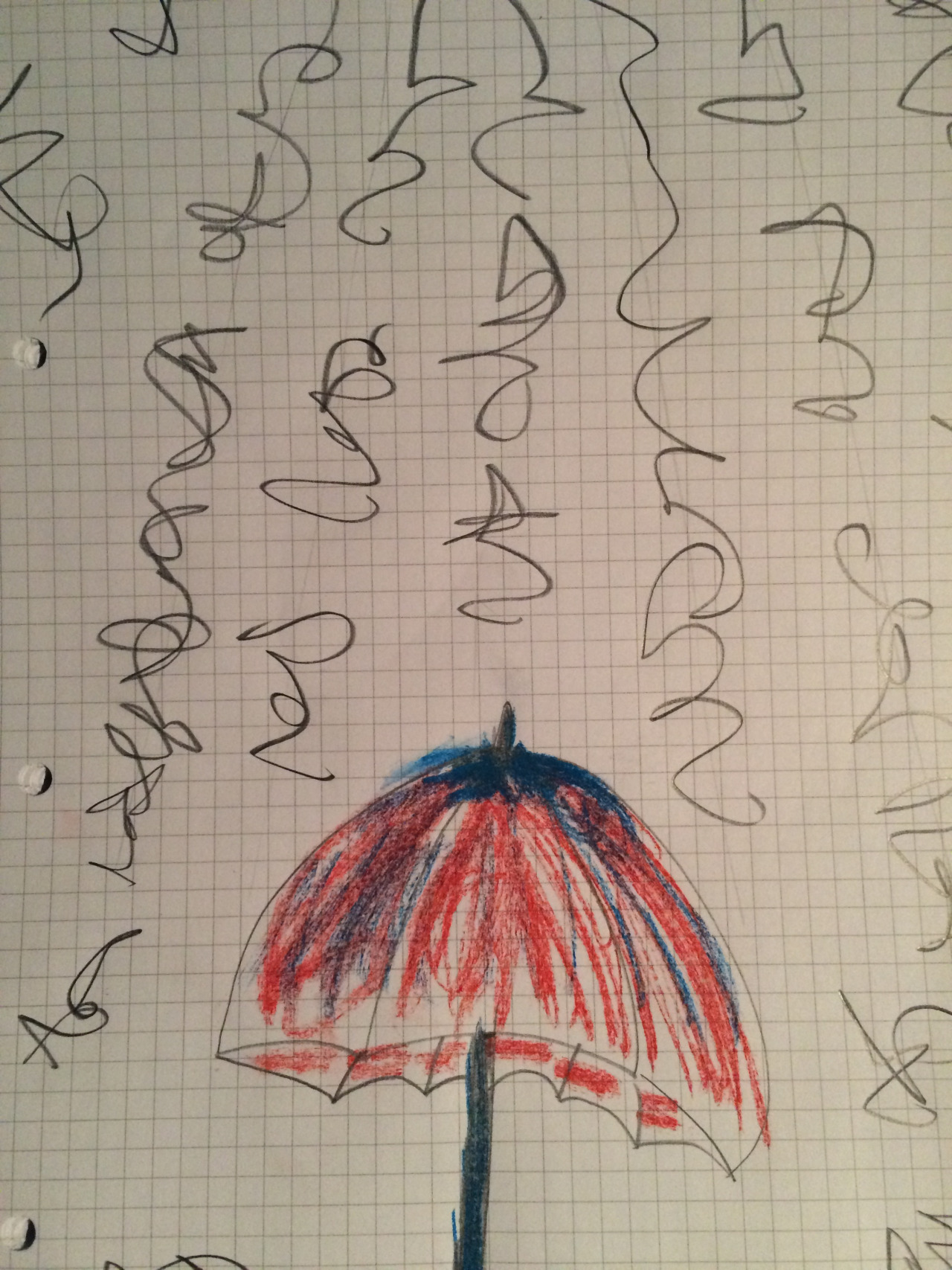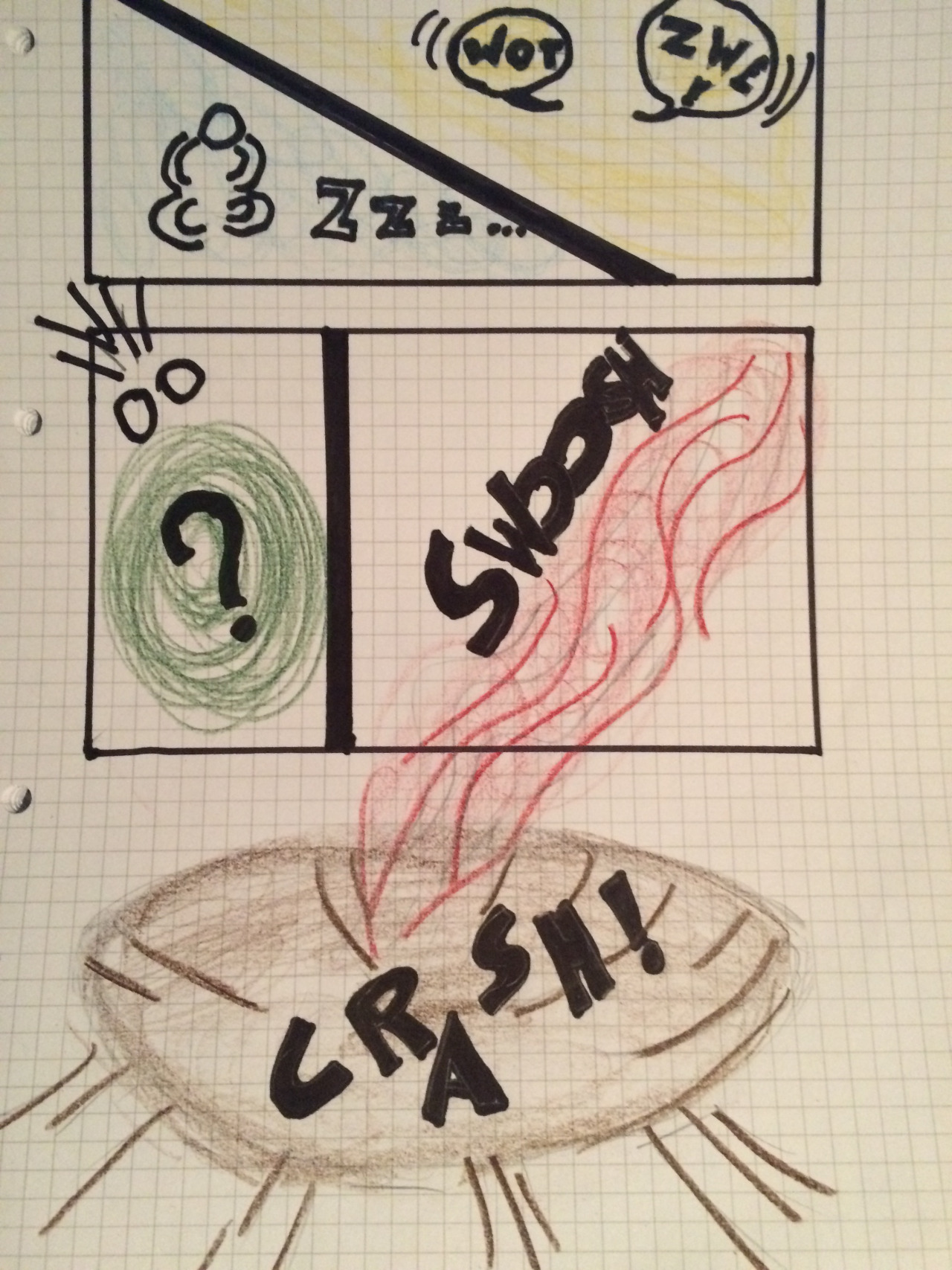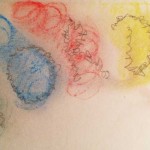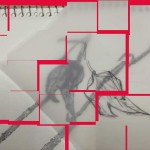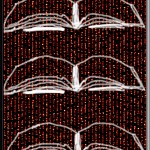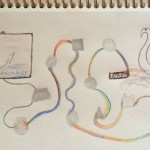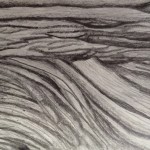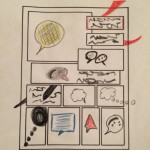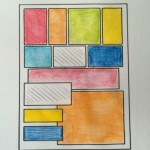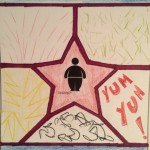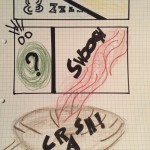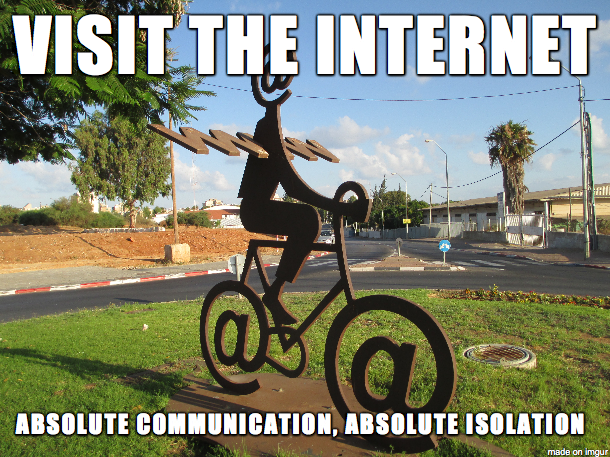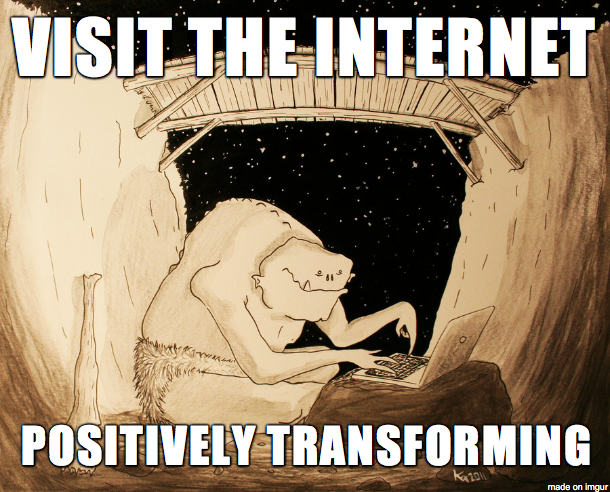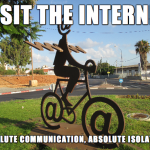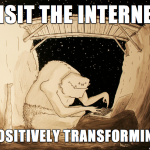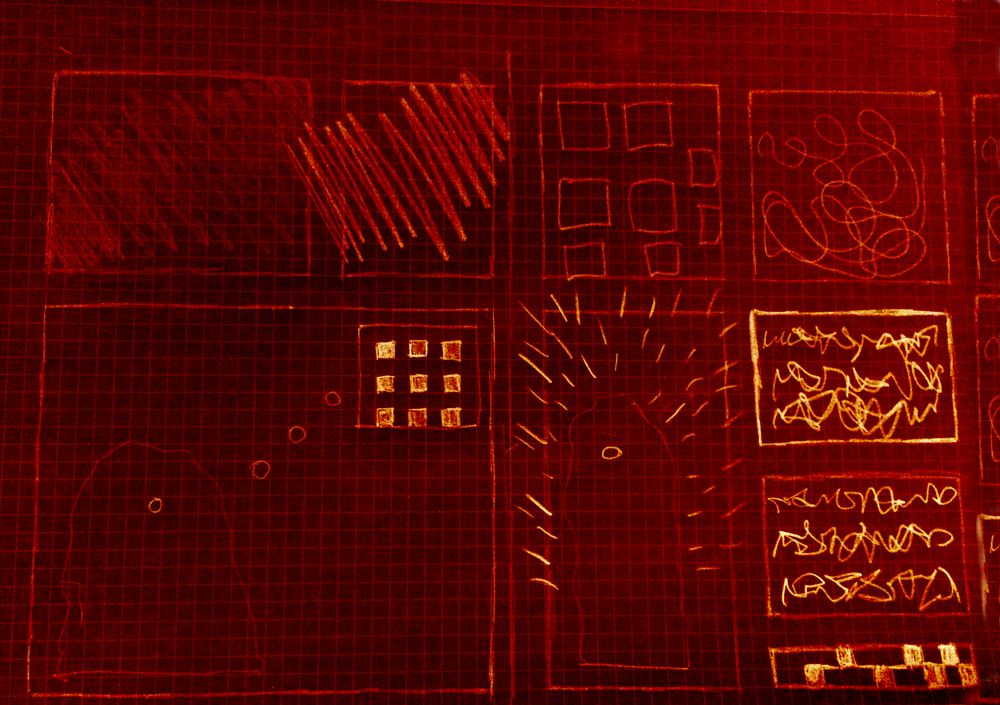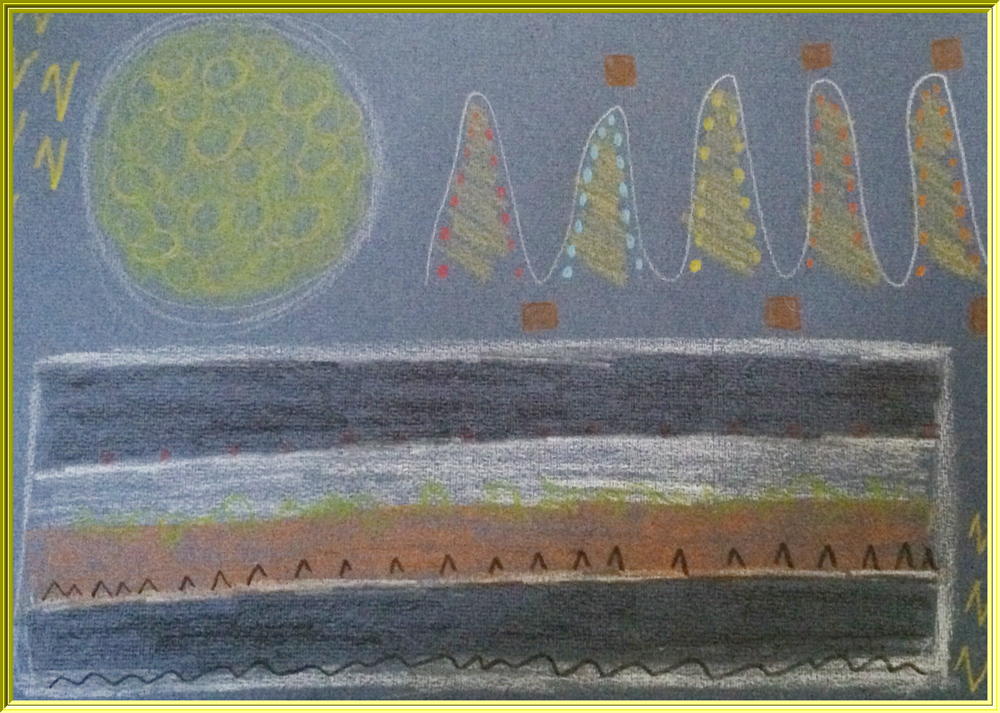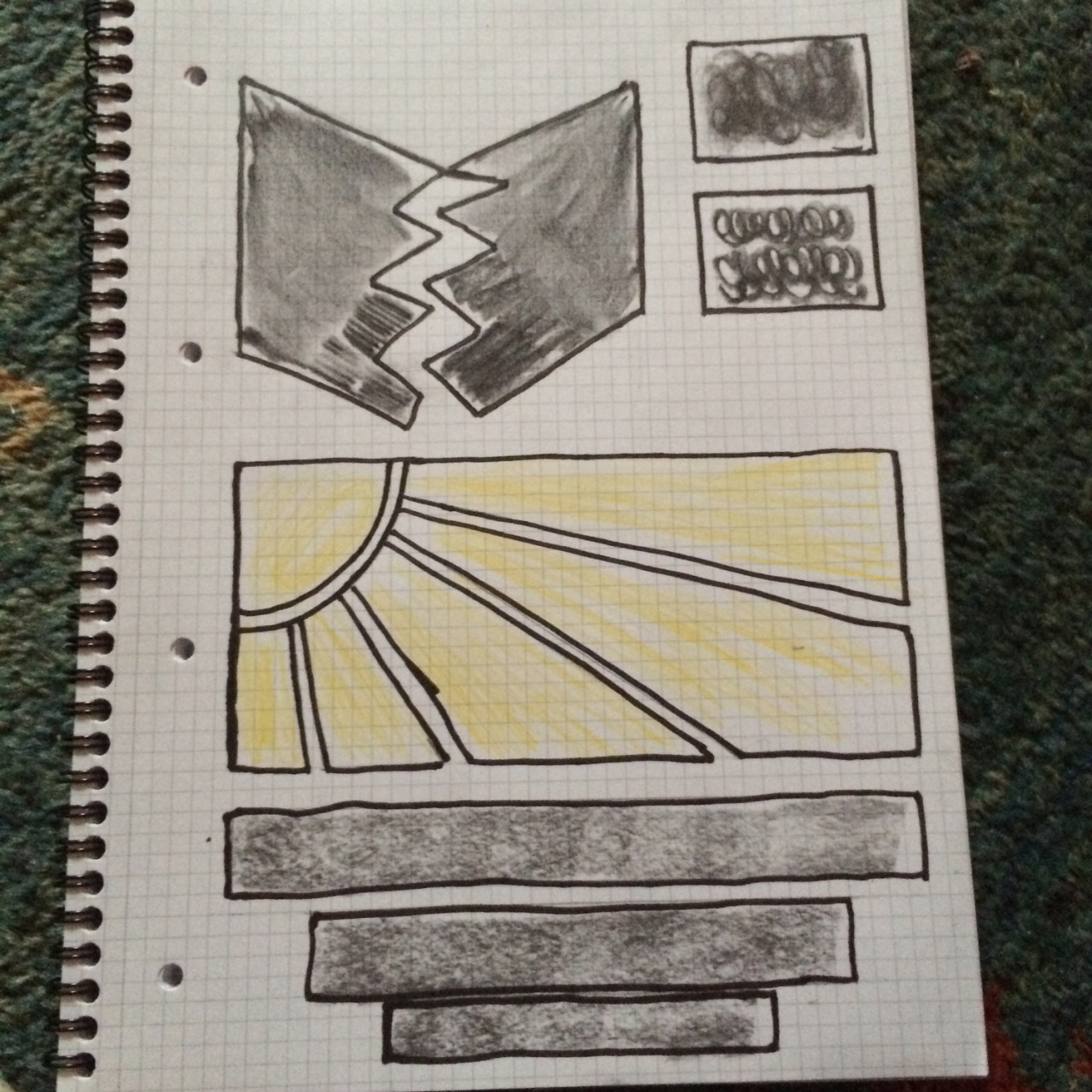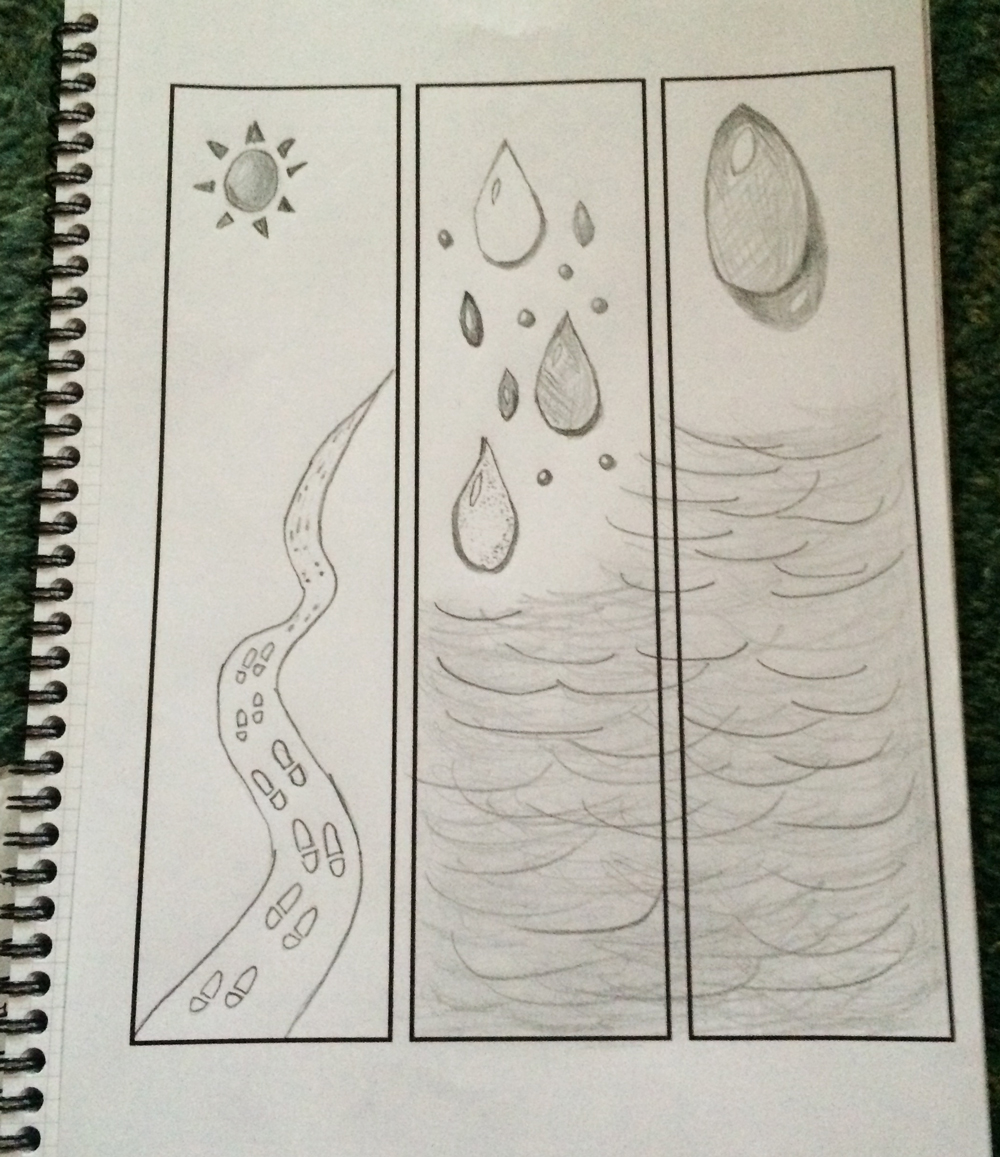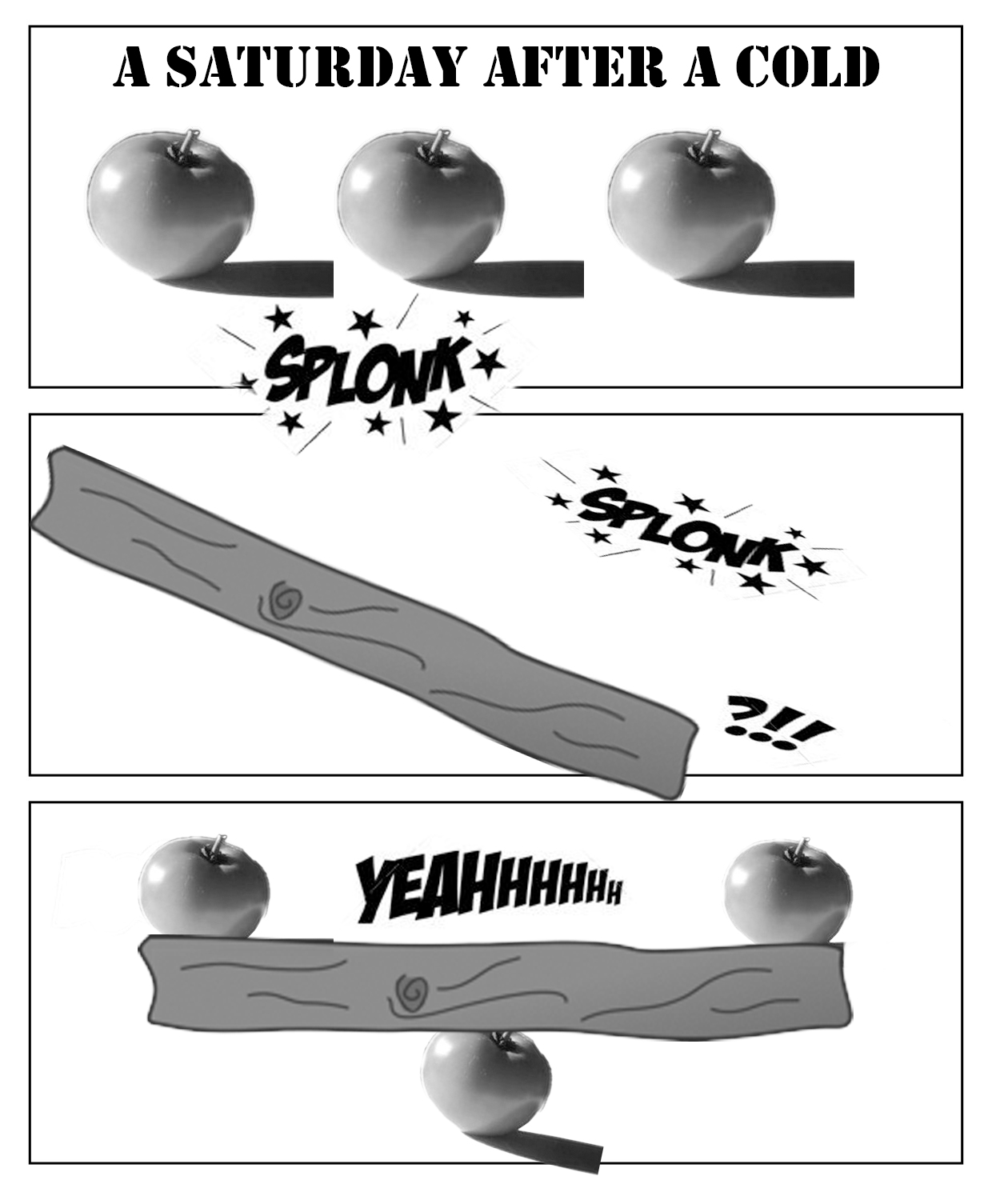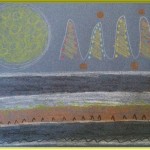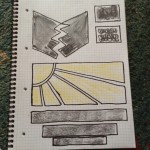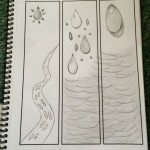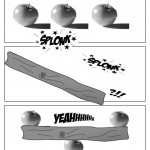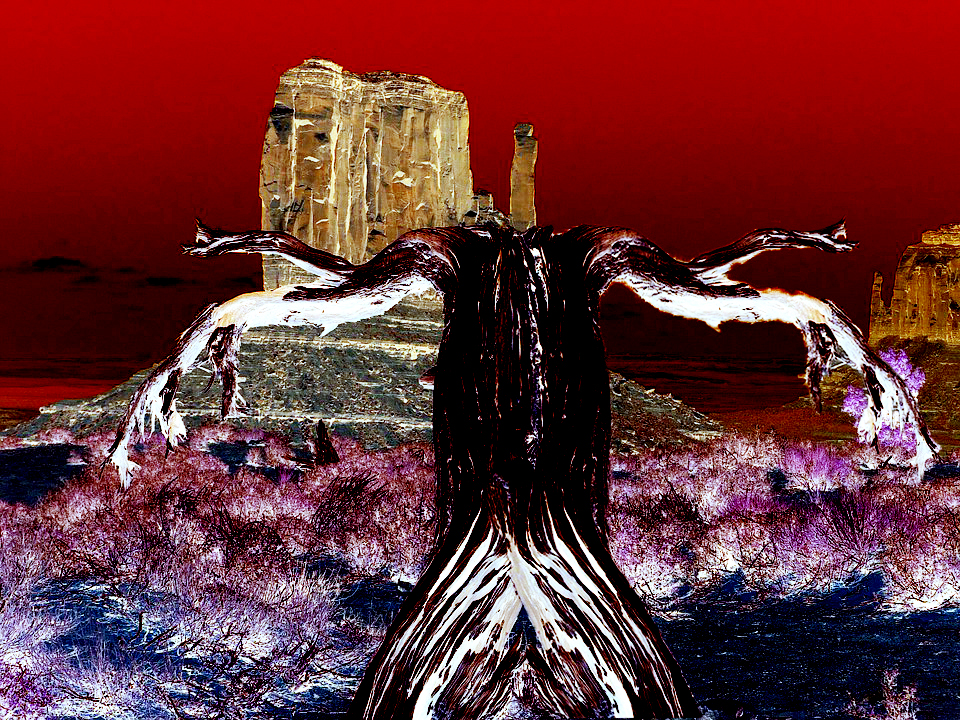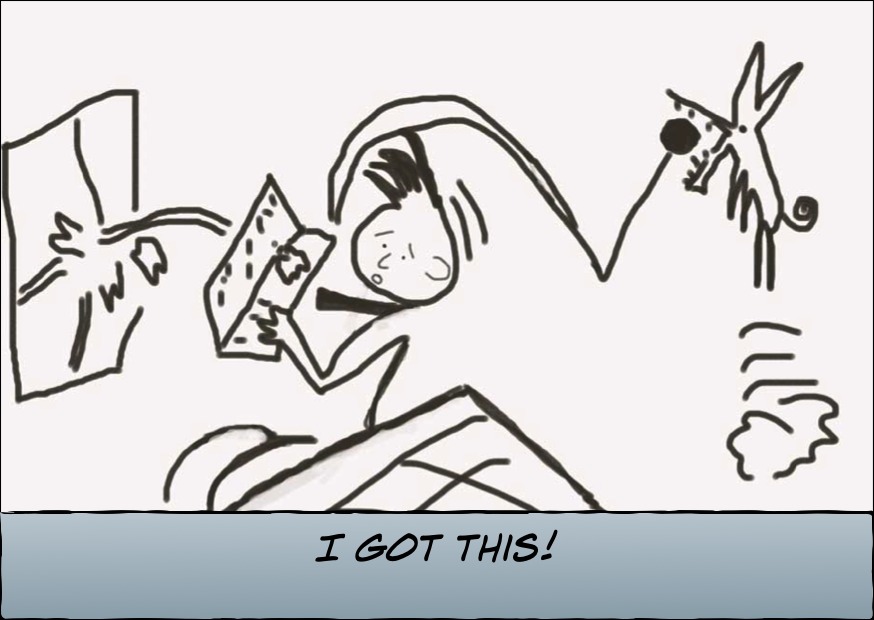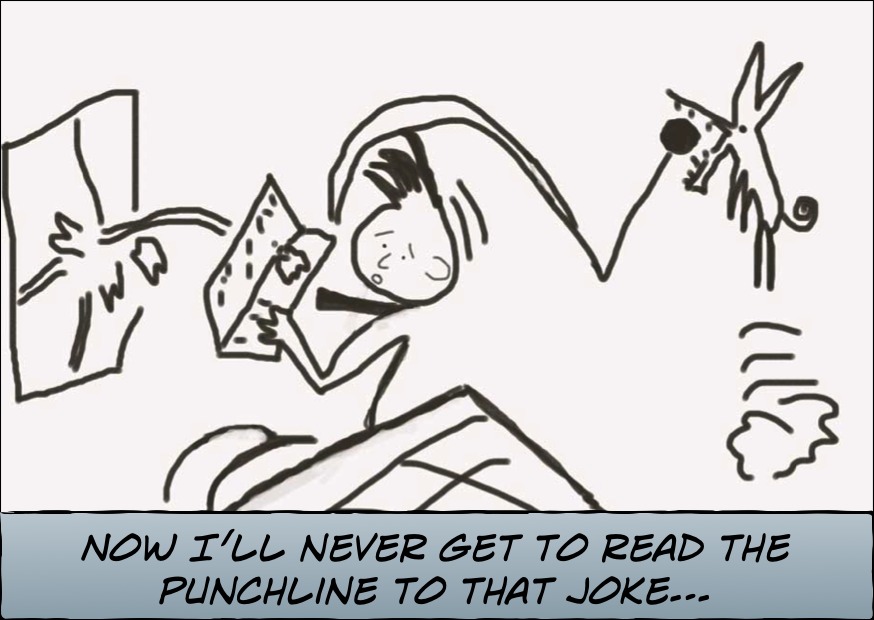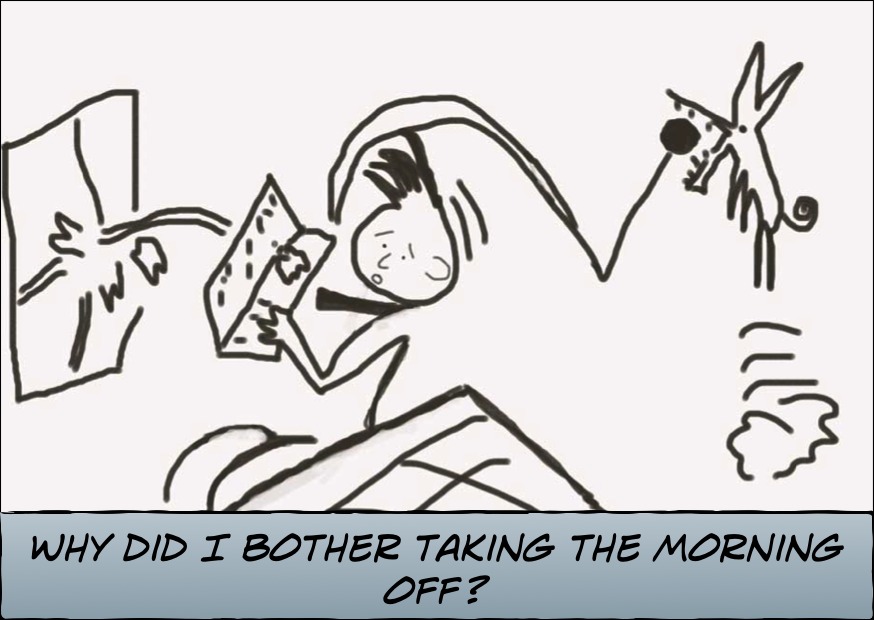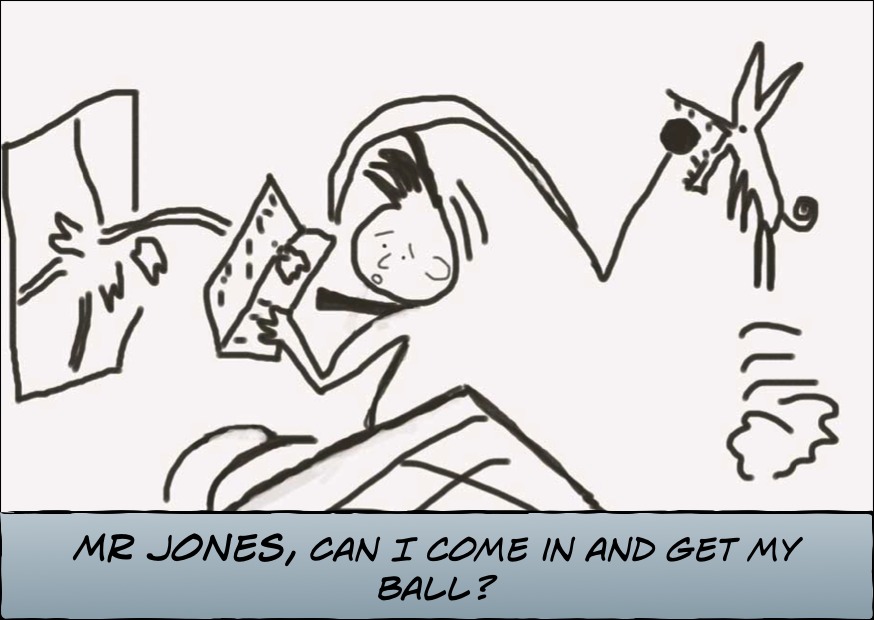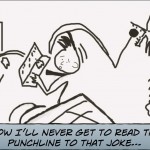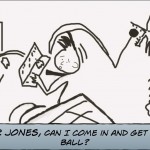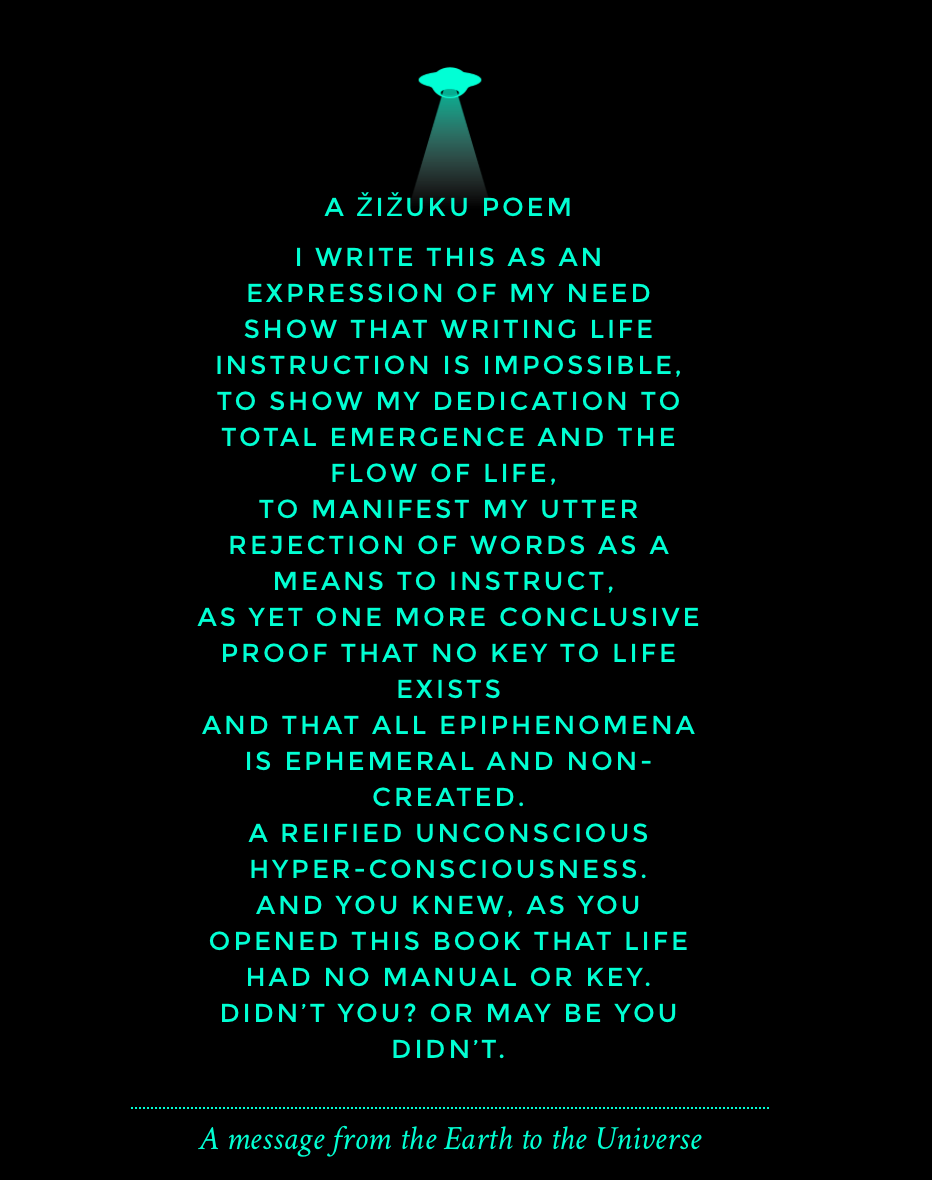and now following @bionicteaching teachings I made it even older! Get an old photo, pick up bits and add to photo you are ageing. Mess around to blend.
Author: DS106 on the couch (page 2 of 34)
Just playing with layers and filters in Photoshop. How to turn a new photo into an old tutorial followed is here.
These are the last 9 days using the #gridsgestures activity to reflect on the day.
I have spoken before about how it is helping me learn about comics.
These last 9 days have done that too but I have focussed much more on the reflective quality of the activity. Making the commitment to do one daily, has me thinking about the essence of my day through the day. That is a nice thing. What is the most relevant thing that I will want to put into this abstract comic format at the end of a day? I think about the flow of my day, key things that happened and how then to describe in a page with no words, not drawings just panels and marks…yes, I cheat a little but it is nice to learn about ‘written sound’ in comic, or asemic writing to make it seem like words but not words….I have also experimented with different media this time and have gone back to pencil! I like pencil.
Thank you @nsousanis for a great learning space.

Aaron Davis (@mrkrndvs on Twitter) is presenting somewhere on blogging platforms. He asked about Tumblr on Twitter and I tweeted a few things.
It is such a good question though, I often ask myself why use it. So, I thought I would reflect out loud here and it may be of use for Aaron’s presentation. It also serves as the ideal displacement activity for avoiding grading papers.
First thing: Always use the ‘keep reading tag’. People forget that the Dashboard on Tumblr is designed for media other than words and long text posts are utterly annoying on the Dashboard.
I use many different platforms, I try all I can and have the capacity to because I am often asked to advice people on developing their digital presence – often academics or therapists. I always recommend WordPress.
So why U use Tumblr?
One big reason is their archive link. I have not found any other platform that allows me to view my work in such an aesthetically pleasing manner without me having to do anything except type in a URL. Try it now for this blog. Awesome, no?
If Tumblr disappeared tomorrow, I would be heartbroken to lose my archive.
Staying on the use side of it, once upon a time I also loved the editor and its simplicity. It was easy to learn HTML as you could access it easily and customise Tumblr themes with no hassle. If you did not know something the Tumblr community always had a post or a response to help out with a quick search. They have now gone ‘all medium’ on us. I think the editor is not nearly as good as it once was. And the HTML option for viewing your posts is not very user friendly anymore – I guess the majority of users just post media other than text so the editor caters more for that now.
Because it is designed for showing photos, animated gifs and video – what you can do with that here is better than on any other platform. Check out the photo gallery options. It is easy to make things look good on Tumblr.
Then, there is the Dashboard. If you curate your follows well, there is nothing I like more than settling of an evening to view the Tumblr Dashboard. For me it is like an art exhibition in my lounge. Its main use case is for those interested in digital art, I would say. Young ones use it for confessional blogs too. If you go to certain spaces you are likely to be surprised and/or shocked but what can be found here. Yet, to me that is one of the attractions; it is unpredictable and it challenges me more than other platform – no cozy echo chamber of like minded folk.
And yet, there is also a great sense of community here. I have never had a problem with my theme that I have not been able to solve, there are so many themes to choose from and these are so easily customisable that one can be creative in ways that other platforms do not allow. Or rather, other platforms do not allow with as much ease. There is no assumption of technical know how in Tumblr land – people want an output and find a way to do it with the help of others who try things out.
I do not reblog stuff, but many people do. I like the idea that in doing this, young people can discover their own sense of aesthetics as @ryanseslow often says. I can see that there are many other platforms that offer more technically, my attachment to Tumblr is more emotional than technical. It is a friendly space and it makes it easy for me to do stuff.
Who is it good for? I would say that artists and people who are interested in art. It is also good for people who want to learn about digital trends – Tumblr attracts people who like to play and experiment with the digital, sometimes in ways that I find quite unexpected. But to find all of this you need to invest time searching and curating your sources carefully.
Would I use it if I was starting now? No. I think that with the adverts and suggestions of who to follow on the Dashboard my ‘art gallery’ experience is diminished. I would pay for no adverts or suggestions, but this is not the way of the world.
Also, I love gifs and I love the constraints that Tumblr puts on size of what can be uploaded. It helps me hone my technical skills. The tension between the aesthetics of a gif and the number of frames or colours used is one of the joys in making gifs for me. I learnt about all of that thanks to Tumblr – I wanted to post gifs on my blog and I had to learn how to make it work. This is the essence of what makes me like it: it pushes me to experiment with stuff to get an output.
Some more downsides: there are many many ways to view stuff (the archive, the dashboard, your blog, your post, etc.) You need to learn how it all works or there will be a view that will look bad if you do not update it. It takes time to get how the community side of things works if this is something that attracts you. If there is a topic that interests you or that you want to be known for – be sure to study the hashtags used. A lot of what works on Tumblr is about the tags.
It is quirky, it is easy, it is experimental, it is the only place on the web where I feel free to futz. But that may be just me.

I was going to call this post ‘The improvisational And’ but I thought above was much more #DS106 mysterious…
We have been dealing with the serious matter of #sockgate on DS106 over the last few days. Check the hashtag on Twitter and also listen to @Scottlo ‘s second podcast if you have a need for background.
This reflection post is my attempt to pull together some ideas about what makes ‘storytelling in the wild’ work (or not) under the #DS106 hashtag.
Scott’s podcast explores what it has been like for him to come back into DS106 after not being around for a while. The podcast is not self-referential. Scott uses his experience to wonder what it may be like for somebody coming in new to DS106 and who may just be doing Daily Creates, for example. He suggests that may be those of us who have been around for a while may have a lesson to learn when we ‘bring back to life’ stories from the past – the essence of his inquiry is: are we making some people feel excluded? Alan’s is clear in his response to Scott in the comments:
If it looks like other people are having fun in ds106, and you want to have fun, well jump in the game, or ask someone. I don’t have much sympathy for people who sit on the sidelines and cry about being left out. I’m having too much fun in the mix.
So there are two views on one experience highlighting different elements. One that suggests certain ‘in jokes’ may be excluding and one that says ‘if you want to join in and don’t understand, just ask us.’ We cannot know how everyone who joins DS106 will feel. I can say that when I joined, it never felt excluding. If I did not know, I asked or googled and then joined in. Easy. But it is a personal thing, some people may need more context. Yes, I would say the clue is in the title: Digital Storytelling.
I often talk about DS106 and its ‘oral tradition of storytelling’ and the socks are a great example of that. Since DS106 started there have been many stories told by many different people. The stories evolve over time, they appear and reappear. If you are new to this game, it can seem excluding and a game that only who were ‘there’ can play – playfully expressed by @dogtrax

Kathy Onarheim finds other stories in the DS106 oral tradition,
“There is something with hedgehogs – not sure what the story is – but they show up now and again and cause some conversation…kinda like socks….you don’t need to know the original story – just jump on and weave the next chapter…. I see @mdvfunes drawing hedge hogs and @annycow tweeting about them and even @mburtis in this snuggle with one…has to be stories here somewhere!”
“You do not need to know the original story, just jump in and start weaving.” And we can certainly weave: Dolls, paper bags for president, time travelling motorcycles, transporter tree houses, fake families, sock fraud, student revolutions and on and on…
In DS106 we do different type of stories. Some are neatly packaged in a video or in a radio show, others are improvisational in nature and evolve over time. The clue is in the title – this is about storytelling. When you do a formal run of the course or run through the open course, there is whole module on ‘weaving stories on the web’. It is just digital improvisation, we make up characters and places and events and run with them. Just like #sockgate. Sure, it makes more sense to those who were ‘there’ but we can all jump in and weave, as Kathy says.
It seems to me that what may help new people who are uncertain about improvisational storytelling online is the same thing that helps us learn how to improvise elsewhere: My grandmother’s hat. Now go back and read the story at the start of this post. It is and excerpt from Piers Ibbotson’s book. In improvisational theatre this is called the ‘Yes, and’ game. It is the only way the telling of a spontaneous story between people can work. At least I trust the father of improvisational theatre Keith Johnstone on that. Archive.org has the full original text if you want to learn more. He describes the process as ‘blocking or accepting’ – if we block, the story dies; if we accept, it gets told. He does say that the same is true in life, but I will not digress now.
In this context, we block when we stop ourselves from joining in because we do not know what went on before today. We accept when we say: Sock Fraud? I can do that. I want the socks you promised us, Jim. Or, there were never any socks! Or, you are all a bunch of ‘sockists’! Or….
Yes, this is true and what is also true is…See how it works? Facts are not relevant, we build on what is being spoken (or tweeted) as we go.
So for the record I want to remind everyone that:

…but maybe, just maybe, Jim ‘the Impresario from the Web Hosting racket’ (listen to Scottlo on this – linked above) is plotting his next sock move with Gardner at the Italian Gelateria Pingu in Via Sant’Anna…

- http://imgur.com/MrEfJyB
- http://imgur.com/t4RyqXf
Dear haters,
I have so much more for you to be mad at, just be patient.
Yet another daily create, just make memes damn it!
- Day 1
- Day 2: Not as planned, never ending
- Day 3 – colour but flatlining on sofa with cold
- Day 4: a comic is the grid. Today no snafu 🙂
- Day 5 Tears, snot and rain. Watery inside + out
- Day 6 – Working with digital
This week I joined in with #gridsgestures (worth clicking on link to see all contributions) on Twitter. It was a comic making activity without drawing led by @Nsousanis who teaches comics as a way of thinking and uses this activity in his courses as a starting point to learn about time and space on the page.
This was timely for me as I am teaching myself to make comics following Comics: Art in relationship and Drawing Words, Writing Pictures. I have been struck by the idea the ‘time happens in the gutter’ in comics and also by the idea of challenging my imagination to ‘make the panels speak’. The task was to make a grid with marks on the paper that told of our day through the week. The photos above are my attempts, I tried different media to experiment with what might be my preference going forward.
My favourite and the one I got the best feedback was a simple pencil sketch. I think I have learnt how to start ‘to think comics’. Working with panels, text and words means great flexibility. One can let one’s mind create an idea, thumbnail this idea a few times as a kind of script, then production can be a quick sketch, digital, pastels or anything else one chooses. What is interesting to me is that the ‘work’ (for me at least) was in the thinking about the interplay of all elements in comics and how to express an idea on paper.
I think I now get abstract comics as a genre more. I also see what makes minimalist comics work. Look at the work of Shane Simmons, you do not need to learn to draw to produce them, but you do need scripting and an understanding of time in the gutter and how humans seek closure and make meaning, even out of dots! (click on his name to get more readable samples)
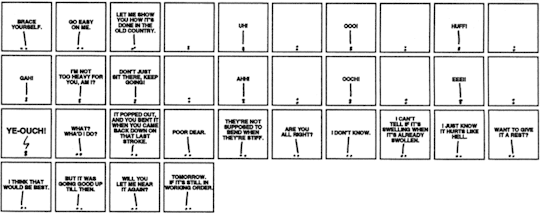
I am also starting to get the idea that what makes a comic funny is what is absent but implied as it makes the reader’s mind work to make sense. I have Matt Madden and Jessica Abel to thank for this as I practiced captioning a simple drawing that was not designed to be funny.
Also this week has shown me the importance of a title or some kind of context setting. I did this on the tweet for each day, but what was said mattered to make sense of the grid (look at the captions in each photograph and the last day has its title embedded – click on any image for gallery). Title or context is another element in relationship in a given comic. What Matt Silady suggests is the we avoid the kind of relationship between the elements where each element says the same thing. Redundancy in comics seems something less than desired. I guess it is because the reader has to do no work. It is all obvious and hence not funny. I see how some of my early digital attempts are just obvious and not funny.
This week was a great week to put together many ideas I have been learning on my courses. Thanks, Nick.
Stages of surreal with a little Viv Tree Magic thrown in. For today’s Daily Create.
I think I got this.
I think I just made a comic with several captions that demonstrate a visual-text interdependent relationship. As I understand it, the image without the words is meh and the text without the drawing is WTF. There are many different types of comic relationships between the image and the text. I am taking one at a time.

I am doing two courses on comics one a MOOC and the other a book. Blending it with: how the heck do I draw in Photoshop sprinkled with a face to face drawing class….and I am putting it all together in Comic Life.
Oh, my! This daily was just too much fun.
My first Žižuku poem!
What is a Žižuku poem? You may well ask: “pick on any widely received idea and find the most clever-sounding way to invert it, so as to create a paradox, or at least the semblance of one.” The post is well worth a read though it may only amuse a few language or philosophy geeks.
Read on if you want to know how I did it.
I read the post and got hang of the rules of the game.
I took the subject of the Daily Create today and applied the rules to it using some of the content on the blog to help me get started. Then went to Notegraphy and looked for a template that was suitably tacky and ‘new agey’ – I wanted it to look as if the words actually meant something. Once I found the perfect template, Bob is your uncle!
Lastly, I just keep laughing as I read it. Humans make wonderful nonsense generators. Just give us an arbitrary rule and we are away!
